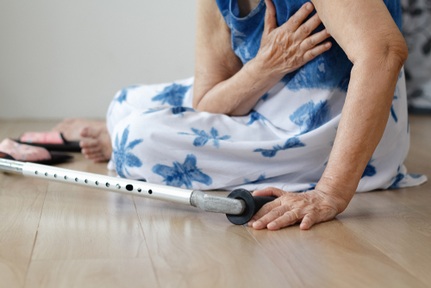Eating healthily throughout adulthood makes you fitter in old age
People who have a healthy diet for all of their adult lives are more likely to be stronger and fitter in older age than those who don’t, according to a new study.

Scientists from Southampton University’s Medical Research Council Lifecourse Epidemiology Unit (MRC LEU) and the MRC Unit for Lifelong Health and Ageing at UCL, studied the dietary patterns of a group of 969 British men and women whose lifestyles have been monitored since they were born, in March 1946.
They used information collected at four points in their adult lives and looked at their diets and physical ability.
The study showed that those who ate more fruit, vegetables and wholegrain cereals, and fewer highly processed foods, through their adulthood did better in the three tests of physical function in older age.
Lead author Siân Robinson, Professor of Nutritional Epidemiology at the University of Southampton, said: “Improving the quality of your diet can have a beneficial effect on health whatever your age.
“However, this study suggests that making good dietary choices throughout adulthood – by cutting down on highly processed foods and incorporating more fruit, vegetables and whole grains into your diet – can have a significant beneficial effect on strength and physical performance later in life, helping to ensure a much healthier old age.”
The study found evidence of better performance in two of the measures (chair rise speed and standing balance time) among those whose quality of diet had improved across adulthood.
Professor Cyrus Cooper, director of the MRC LEU, added: “The link between dietary patterns and frailty in older people will open the door to effective interventions against the age-related decline in musculoskeletal function which is such a growing cause of disability in ageing populations worldwide.”
The participants’ physical function was tested at age 60-64 with three standard tests: the time taken to perform ten chair rises (rising from a sitting to a standing position and back down again); a timed up-and-go test (the time taken to rise from a chair, walk three metres at normal pace, turn around, return to the chair and sit down); and a standing balance test (the time a participant could stand on one leg with their eyes closed up to a maximum of 30 seconds).
The study which was published in The Journals of Gerontology: Series A was funded by the Medical Research Council.
Latest News
 29-Jul-24
Dementia Bus gives carehome.co.uk staff insight into life with dementia
29-Jul-24
Dementia Bus gives carehome.co.uk staff insight into life with dementia
 27-Jul-23
UK's top home care agencies in 2023 revealed
27-Jul-23
UK's top home care agencies in 2023 revealed
 30-Nov-22
A quarter of older people keep their falls secret from family
30-Nov-22
A quarter of older people keep their falls secret from family
 29-Nov-22
'Covid-19 has not gone away' say terminally ill
29-Nov-22
'Covid-19 has not gone away' say terminally ill
 28-Nov-22
IT consultant who received poor care opens 'compassionate' home care business
28-Nov-22
IT consultant who received poor care opens 'compassionate' home care business